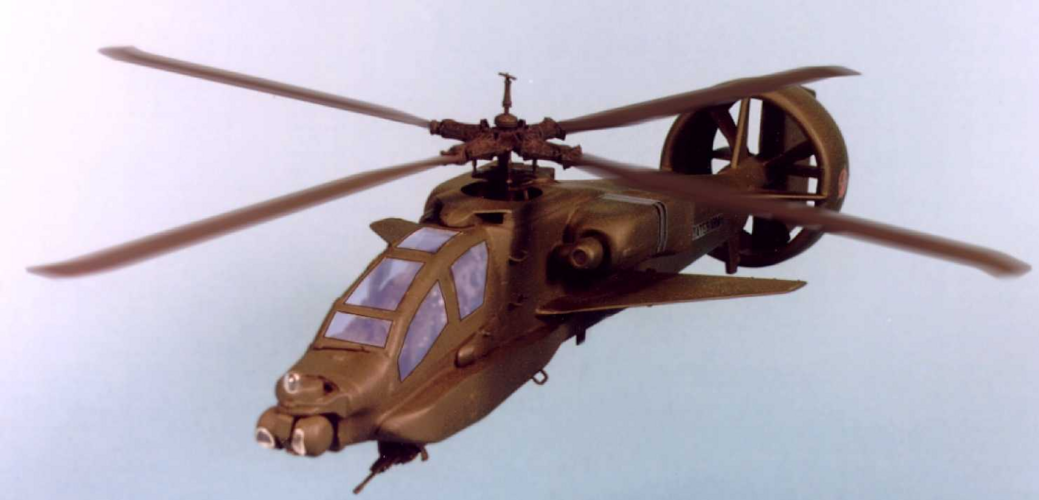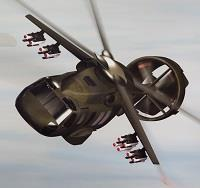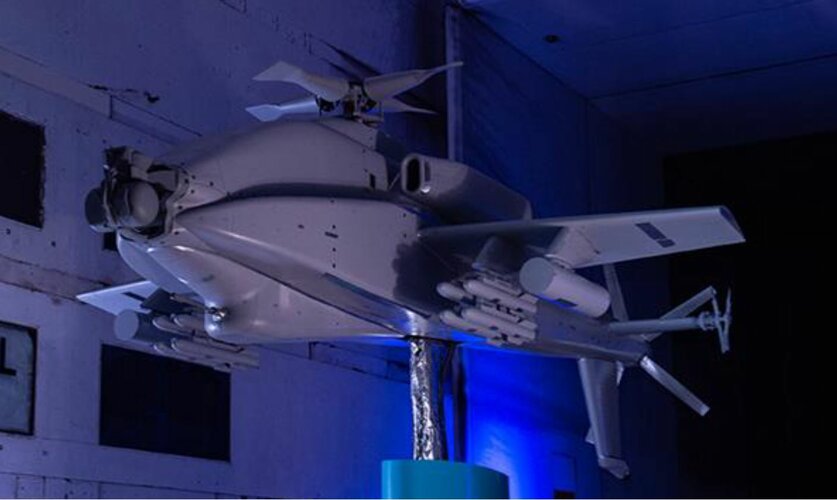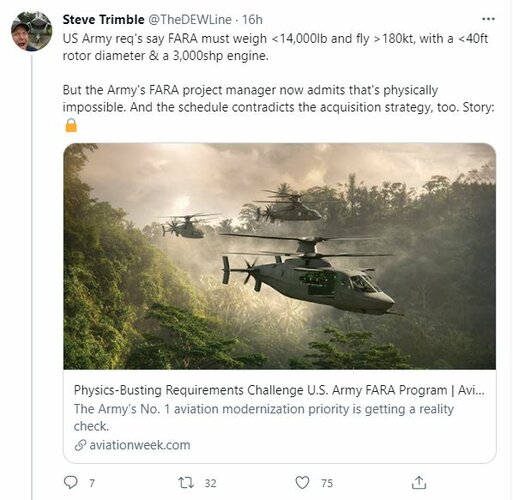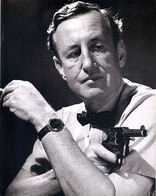Brigadier General Walter Rugen said:
“The FARA and its ecosystem is really our penetration force in the lower tier of the air domain. That force is going to be able to find, fix and finish pacing threats,” says Rugen. “We’ll generate the ability for other players across the joint force to maneuver in that freed-up airspace. Then we’ll start disintegrating [the enemy forces] and open up a corridor.”
“And really, I don’t think Apache participates in the penetration phase. I think FARA and the FARA ecosystem does that… If we’ve generated that joint force freedom of maneuver and our heavy attack assets are moving forward, which includes the Apache, we’re winning.”
“It’s just like the Air Force is saying with their 4th Gen fighters. If we generate that freedom of maneuver we’re winning. Until we do that with our future capability [FARA], the Apache has issues because it lacks the reach of the advanced rotorcraft configurations.”
I've read some ideas about offensive operations, and it still hits when I see it laid out like that myself.
The helicopter is suppose to do SEAD. Can it do it?
Against traditional land vehicles with line of sight sensors and weapons, there are gaps that can be exploited. However that is not the expected future environment. The Iranian loitering turbojet surface to air missile that was recently smuggled to Yemen is the kind of weapon to be expected.
One idea is to use ALE to scout ahead to serve as a protective screen for expensive helicopters. That may work against trucks that might as well be static, but it would not work against an opponent drone force that is maneuvering at comparable speeds, as the few ALE do not have wide area air search sensors leaving huge gaps. There is a huge gaggle of ISR drones, loitering munitions, counter cruise missile sensors and likes all at different attitudes that makes effective concealment impossible.
Of course, concealment is not the only means to accomplish the mission: there is maneuver and defeat.
A helicopter does not have a big margin of a speed advantage against many persistent drones and is hopeless against an airframe designed for (dash) speed at a tiny fraction of the cost. The odds of a deep penetrating airframe managing to maneuver out of a kill chain by breaking track is unlikely given the slow speeds and large signature against large numbers reasonable speed sensors at the best of times.
Then the helicopter can choose to fight. No helicopter can hope to hardkill a SAM battery worth of missiles, it has to defeat sensors detecting it, up to the range it can be detected. This means stealth, large sensors and long range weapons, EW, DEW to gain detection advantage over opponents. This will also cause price to explode as a high cost for weight aircraft now have to lift a stupid amount of power hungry systems, and all that wouldn't work against passive detection from the ground.
----------------------
Ultimately an airframe with low speed, high sensor signature and high cost for payload operating alone (ahead of supporting friendly forces) against faster airframes with low sensor signature at lower cost for payload supported by huge payload of land vehicles should never have been in doubt.
=============
If given a chance for clean sheet helicopter in the modern environment I'd probably try to fit a huge AESA on it and tie every CEC/battle management capability to it. Survivability would come from flying it over divisions worth of AA hard and soft kill systems. That'd be a completely different class of helicopter and operating concept though....




